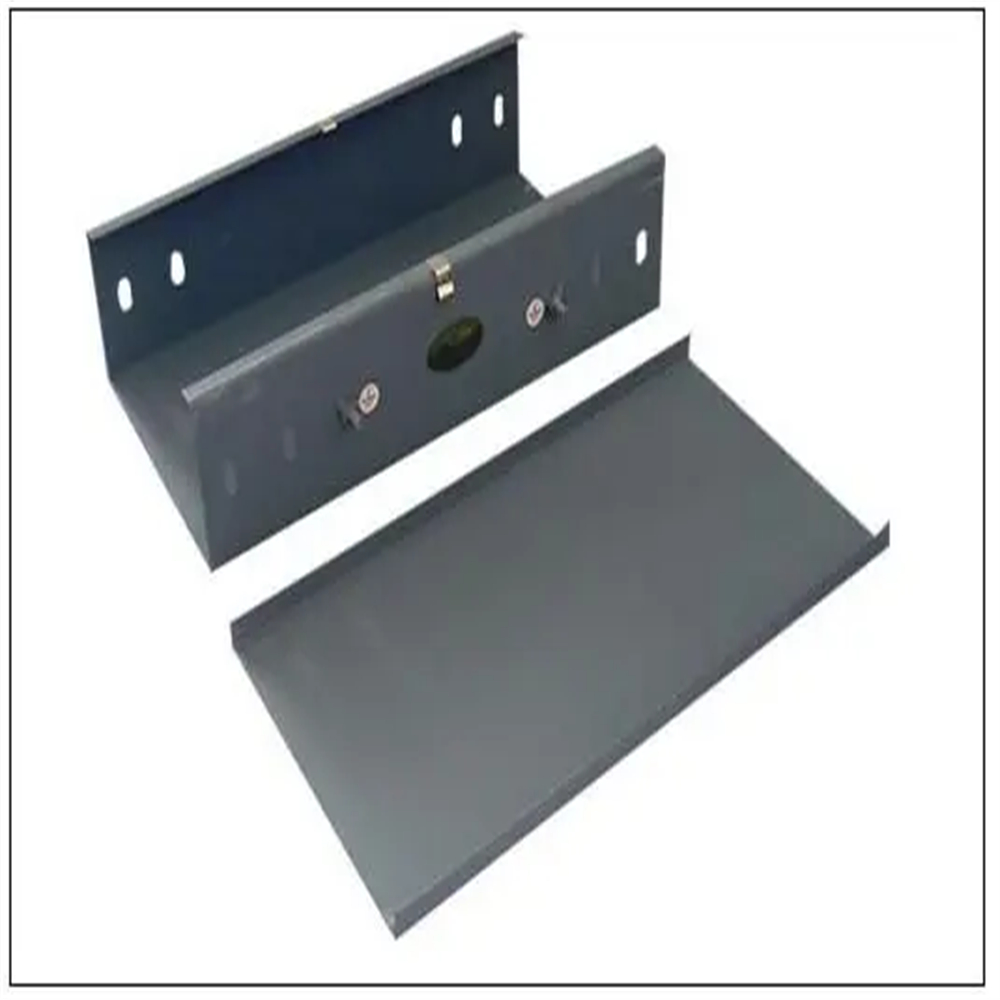Definition of scientific term
- Chinese name:
- F
- English name:
- Percentage of open area
- Other names:
- Screen effective area; living area
- Definition:
- The ratio (%) of the total area of the mesh and the area of the screen.
- Applied discipline:
- Coal Science and Technology (a subject); coal processing and utilization (two subjects); coal preparation (three subjects)
The above content was approved by the National Science and Technology Terminology Committee.
[Opening rate]: The opening ratio is defined as the ratio of the total area of the sieve holes on the sieve plate to the area of the opening area (also called the effective mass transfer area), that is, Φ = A0 / Aa, where: Φ—opening ratio (%), A0—the total area of the sieve holes on the sieve plate (m²), Aa—the area of the open area (also called the effective mass transfer zone) (m²). The opening ratio is influenced by the arrangement of the sieve holes on the plate. Sieve holes are typically arranged in an equilateral triangle or isosceles triangle pattern. For equilateral triangle arrangements, the calculation for hole center distance t is t = d0(0.907Aa/A0)^(1/2), while for isosceles triangle arrangements, it's t = A0 / 0.075n. The number of mesh holes, n, also plays a role in the calculation.
The open porosity of the effective mass transfer zone is uniquely determined by the ratio of pore size to pore spacing. This relationship is critical in understanding how gases or liquids flow through the material, affecting performance in various industrial applications.
Test Principle:
The gas expansion displacement method is based on Archimedes' principle and uses inert gas under certain conditions governed by Boyle’s law (PV = nRT). By placing a sample into the test chamber, the reduction in gas volume caused by the sample is measured, allowing for the accurate determination of the sample’s skeleton volume, including closed pores. True density is then calculated as mass divided by this skeleton volume.
This method involves displacing liquid with gas, eliminating the risk of dissolving the sample, which is a common issue with immersion techniques. Since gas can penetrate small pores and surface irregularities, the measured volume closely reflects the actual skeleton volume, leading to more accurate density measurements.
The test system consists of a sample test chamber and a reference chamber, as shown in the figure. When measuring the sample density, the instrument automatically records the pressure P1 and volume V1 of the reference chamber. A sample of unknown volume is placed into the known-volume test chamber (V2), and a certain amount of gas is injected. The stabilized pressure P2 is recorded. Then, the test chamber is connected to the reference chamber, and the stabilized pressure P3 is measured. Using these values, the sample volume is calculated, and true density is determined from the mass and volume of the sample.
The 3H-2000TD series automatic true density analyzer features an advanced "bottom mount bayonet" sample cell installation method (Patent No. 5). This design allows the sample cell itself to act as the test chamber, offering high utilization efficiency. For a 10 ml sample cell, the test chamber utilization exceeds 90%, significantly improving accuracy for small samples. In contrast, traditional top-loaded cells often have low utilization due to unused space, resulting in less accurate results. Additionally, top-loaded cells are limited in capacity, typically unable to handle more than 150 ml. The bottom-mount design supports larger volumes, up to over 500 ml, broadening the testing range and enhancing overall performance.
Galvanized cable tray comes in various sizes and shapes, including straight sections, elbows, tees, crosses, and reducers. It is designed to be easy to install and maintain, and can be used in a variety of environments, including indoor and outdoor settings. Galvanized cable tray is commonly used in power plants, chemical plants, oil refineries, and other industrial facilities where there is a need for a reliable and robust cable management system.
One of the benefits of galvanized cable tray is its resistance to corrosion. The zinc coating on the steel provides a protective layer that prevents rust and corrosion from forming on the surface of the tray. This makes galvanized cable tray ideal for use in environments where there is exposure to moisture, chemicals, and other corrosive substances.
Another advantage of galvanized cable tray is its strength. The steel used in galvanized cable tray is strong and durable, which means it can support heavy loads without bending or breaking. This makes it a popular choice for applications where there is a need for a sturdy and reliable cable management system.
Galvanized cable tray is also easy to install and maintain. The tray can be cut to size and shaped to fit around obstacles, making it a flexible solution for cable management. It can also be easily cleaned and maintained, which helps to extend its lifespan and keep it in good condition.

Galvanized Cable Tray,Galvanized Steel Cable Tray,Galvanized Cable Trays,Galvanized Cable Ladder
Rayhot Technology Group Co.,Ltd , https://www.cnrayhot.com